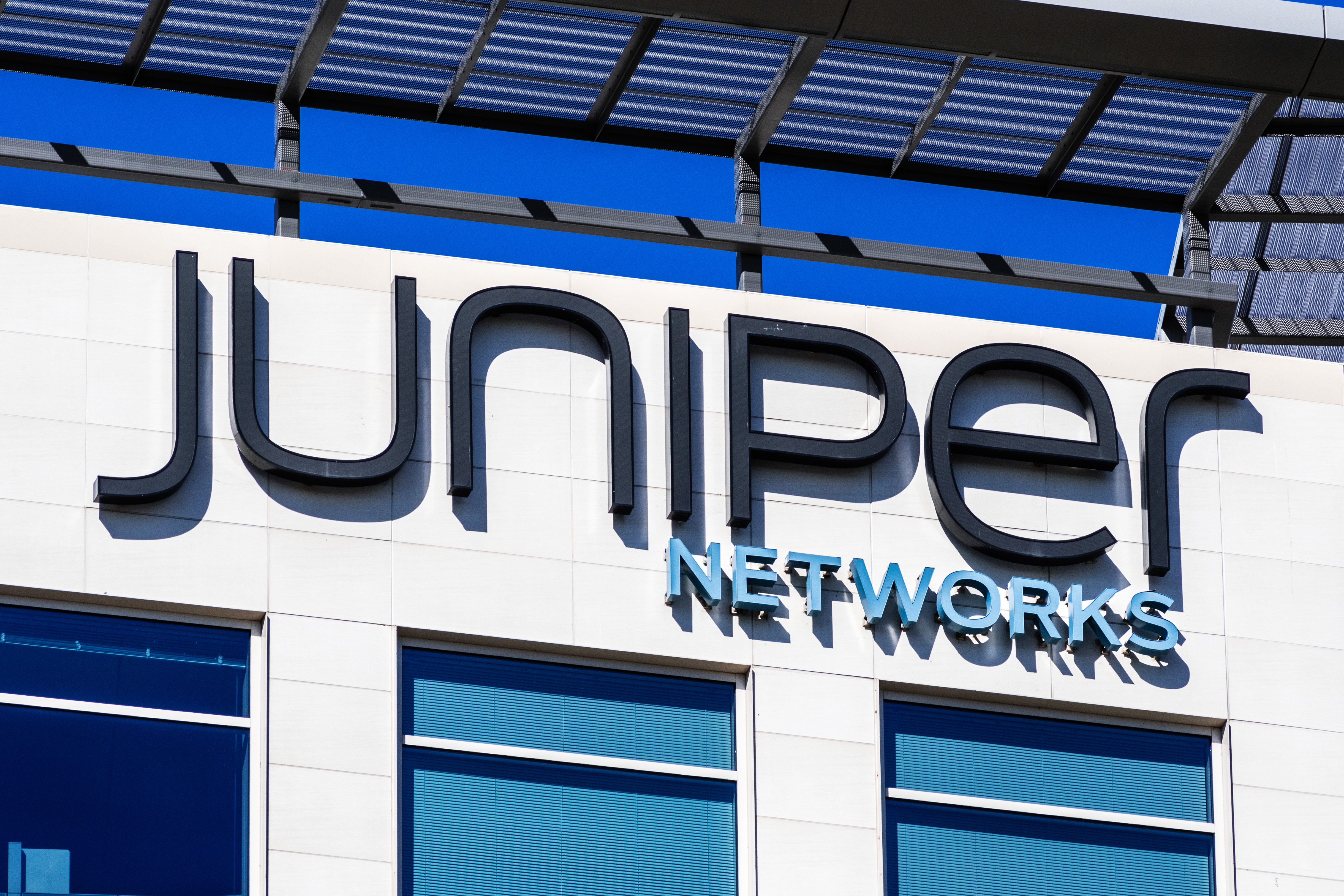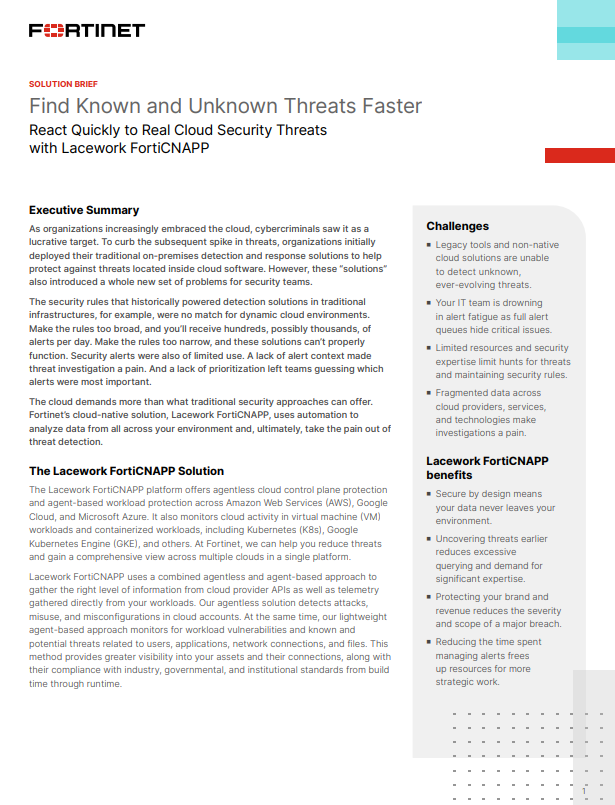Juniper CEO spills SDN plans
Juniper Networks’ CEO Kevin Johnson speaks to Channel Pro about the firm’s entry into the Software Defined Networking (SDN) space


Juniper Networks (NYSE:JNPR) CEO Kevin Johnson has revealed the firm’s plans to steal a march over its network industry rivals in the burgeoning arena of Software Defined Networking (SDN).
Juniper acquired California-based SDN start-up Contrail Systems in December 2012 for $176m, following in the footsteps of networking rivals Cisco and VMware, which also snapped up SDN specialists last year.
In his only UK interview, Johnson (pictured on stage at last week’s Global Partner Conference in Las Vegas) described its move into the space as “a natural evolution”.
He told Channel Pro: “The concept of Software Defined Networks is complementary to the intellectual property we’ve created with Junos and our systems… Contrail brings some other elements of [an] SDN controller that runs outside of our systems.”
Although the purchase is a clear indicator of Juniper’s intent to pursue SDN market share, Johnson says the vendor will continue to maintain its focus on the physical network. “We’re still very much focused on innovation in our silicon and network systems business, but we think there is some benefits and unique value that SDN solutions can provide,” he said.
IDC states that the SDN market, currently estimated to be worth $360m, will more than double over the next three years, hitting $3.7bn by 2016.
Explaining the customer requirements for SDN, Johnson said: “Our service provider partners want to deploy services faster to the edge of their network. An SDN approach, deployed with our MX routers, would be very effective in helping them reduce cycle time on deploying these services.
ChannelPro Newsletter
Stay up to date with the latest Channel industry news and analysis with our twice-weekly newsletter
“In addition, [SDN] automates a lot of things that are labour-intensive today and allows them to reduce their operating expenses. Likewise in the datacentre…having a more dynamic network that can respond to the changes of a highly virtualised datacentre – where it’s constantly creating new virtual machines, moving workloads – the network needs to be much more pliable, more agile to respond, and that’s what our vision of SDN solutions will be.”
Johnson is keen to reassure Juniper’s channel partners that its SDN play won’t conflict with its proprietary QFabric architecture. Although not going into fine detail, he commented: “We will be building all of the SDN-standard industry protocols into our MX routing, our EX switching and our QFabric products.”
“If [partners] have invested in our network systems we want to make sure they can leverage that investment, which is why we have committed to the industry standard protocols that are necessary for an SDN environment to operate…What we’re doing in our SDN approach is thinking about taking the best learnings of QFabric and weave it into our SDN strategy.”
In response to partner comments, the CEO acknowledged that customer adoption of QFabric has been “slower than expected.” He attributed the sluggish take-up to a couple of things, including a demand from customers for more software features, which he said the firm has now delivered.
The second factor, he said, was the vendor’s assumption that customers would want to install one large fabric in their datacentre. “We found that customers preferred to take one large datacentre and run multiple smaller fabrics,” he commented. “So the introduction of QFX300-M, which some people call a micro-fabric, has enabled customers to start deploying smaller instances of fabric. That’s created some traction as well.”
Canalys analyst Alastair Edwards believes there is much work to be done before partners get on board with the SDN message. “Juniper is putting a vision out there, but in reality the market is two, three, five years away from [that],” he told Channel Pro.
“It’s saying to partners, ‘this is where you should be thinking in the long term’, but the majority of partners for the next five years will make a perfectly good business out of hardware. I think it’ll be specific verticals where it’ll start to see more traction and early adoption – public sector and education, for example – but in the general enterprise space, I think it’s going to take time,” he added.
“But everyone’s coming out with an SDN message so Juniper had to. I think it’s doing all the right thing; its focus is clearly on gaining market share.”
Christine has been a tech journalist for over 20 years, 10 of which she spent exclusively covering the IT Channel. From 2006-2009 she worked as the editor of Channel Business, before moving on to ChannelPro where she was editor and, latterly, senior editor.
Since 2016, she has been a freelance writer, editor, and copywriter and continues to cover the channel in addition to broader IT themes. Additionally, she provides media training explaining what the channel is and why it’s important to businesses.
-
 Neural interfaces promise to make all tech accessible – it’s not that simple
Neural interfaces promise to make all tech accessible – it’s not that simpleColumn Better consideration of ethics and practical implementation are needed if disabled people are to benefit from neural interfaces
By John Loeppky
-
 Solution Brief: Find Known and Unknown Threats Faster
Solution Brief: Find Known and Unknown Threats FasterDownload Now
By ITPro